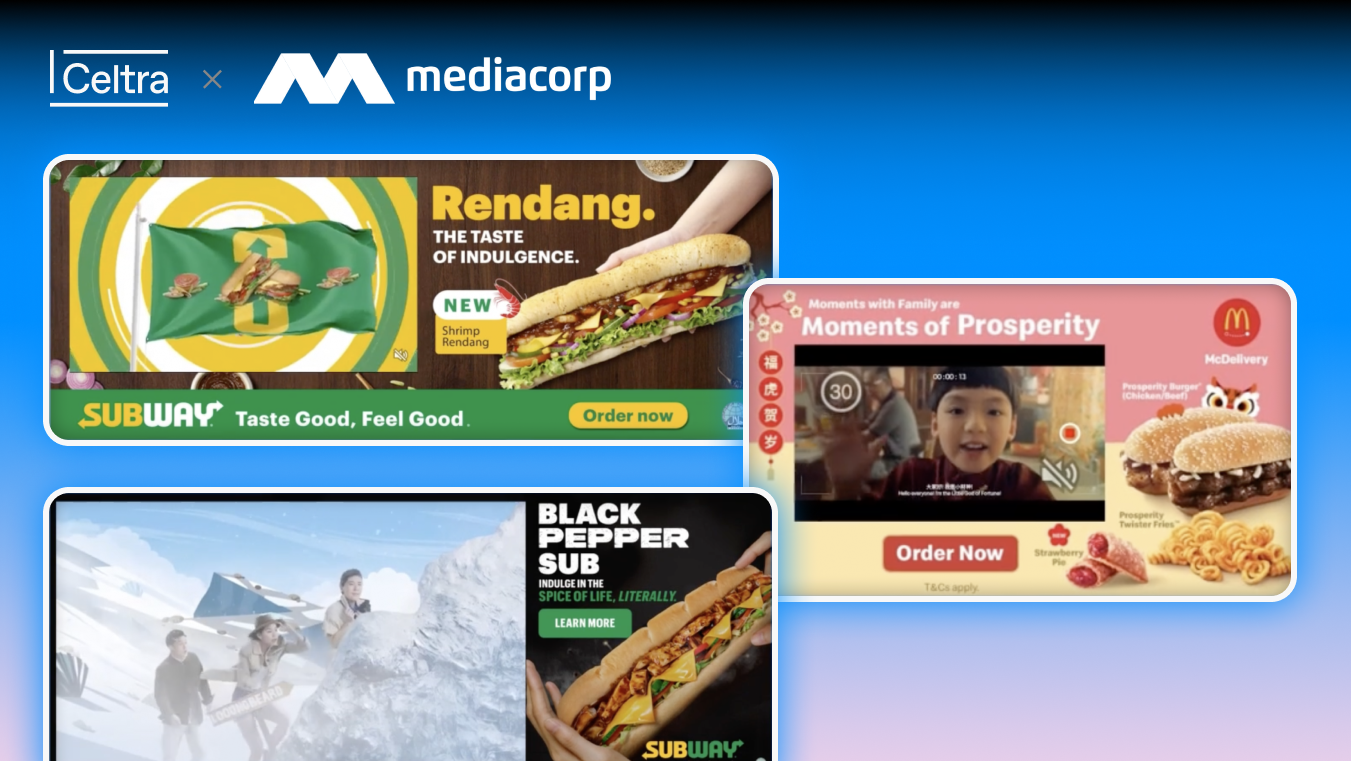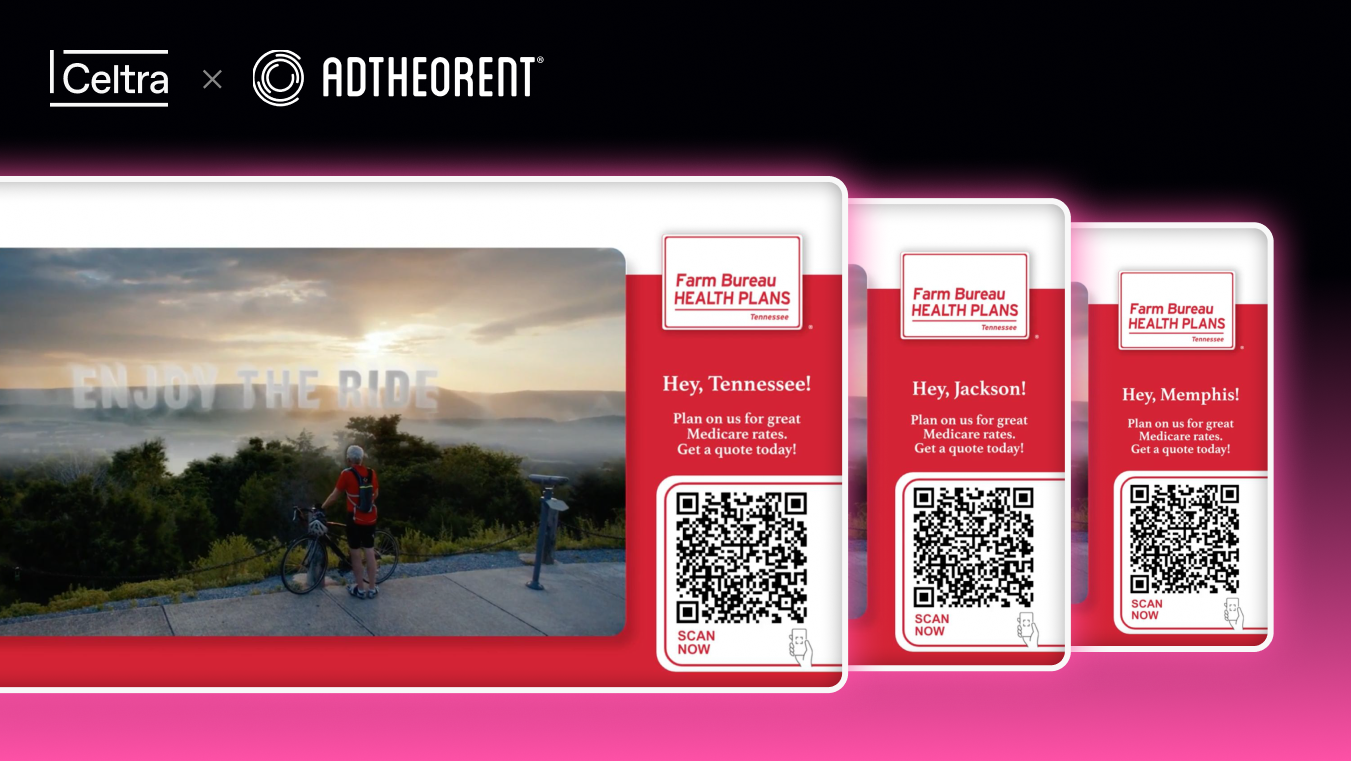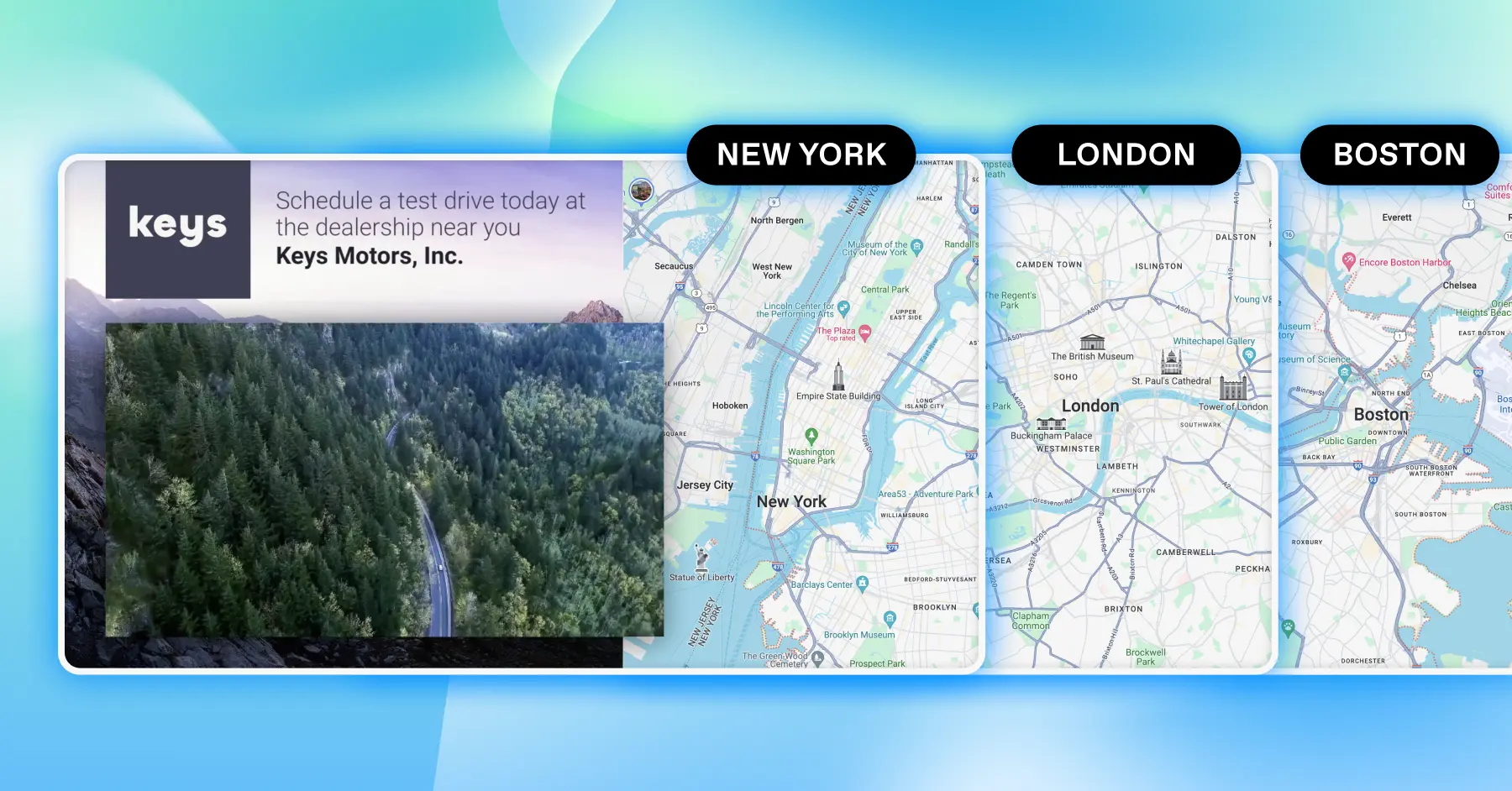Dynamic creative optimization (DCO) is a display ad technology that has been around for almost a decade now. In an ideal world, DCO would help marketers connect with and convert consumers with ads personalized based on various data points, creating a holistic customer experience.
In the real world, not so much.
As a creative software company that has been around just as long as DCO has, we can proclaim that; DCO technology doesn’t work and in-house marketing teams shouldn’t buy it.
Why are we so sure of it? At Celtra, we tried it and failed at it, too. Yet, along the way, we discovered a new way to help brands personalize creative at scale with the help of creative automation. As a result, we’ve gained massive traction with a different approach.
If you look at the DCO space, many of the companies founded a decade ago don’t exist anymore or struggle to go by as small-scale start-ups. It’s because DCO technology doesn’t work, but as a marketing strategy, it can be excellent.
Let us explain why.
Why DCO Technology Missed the Mark
In the past, Celtra was focused on helping brand marketers figure out DCO. We did this by building A/B testing, randomized controlled trials, machine learning, and dynamic serving. We worked with dozens of big brand clients, and each time, the list of DCO problems grew.
Marketers experienced double the ad serving costs and audience fees. They complained about disconnected reporting where creative analytics were separate from their media reports and even saw creative quality take a hit.
It was early in 2019 that we had a realization of why there was so much friction.
Advertisers, with their media teams, agencies, strategists, DMPs, customer journey platforms, ad servers, and buying platforms, were (and are) able to achieve the who, when, and where of personalized advertising. But they never had the what: the message and creative itself.
The problem lay in creative production for DCO. And it still does.
The production of personalized creative was too slow and cumbersome, and it wasn’t keeping pace. Personalization increased the explosion of channels, audiences, sizes, and designs, and the demand for content has quickly exceeded the capacity to produce it.
DCO is a Creative Production and Workflow Challenge
We realized that DCO is mostly a creative production and workflow challenge, not an ad-serving or decision-making challenge. There’s an enormous Creative Gap between the creative assets teams have and what their media plans require. Media teams simply don’t have the assets they need. And too often, this problem is turned into an ad-serving problem. The industry still believes that dynamic creative optimization can somehow fill the Creative Gap between global creative toolkits and local media plans. It doesn’t.
The Creative Gap manifests itself in a range of challenges within large marketing organizations:
- Hiring more resources or outsourcing to agencies to scale content becomes cost-prohibitive (or not an option)
- Being able to utilize all the household preference data is wasted with generic creative
- Creative excellence is nonexistent with plain product packshot ads on a white background
- The process becomes slower and cumbersome, from review and approval to launch and distribution. This means marketing teams aren’t able to react to global events and cultural moments at the speed they need
How to Automate Personalized Creative for DCO
Instead, teams need creative automation to transform their content production and go to market faster with DCO assets that carry over your unique brand voice, look, and message.
To conclude, the technology industry is failing advertisers by positioning DCO as something you can buy and magically turn on. This is not true. The truth is that DCO is a way of marketing that is the outcome of three parts:
- Audience strategy and logic +
- Ad decisioning, serving, and reporting +
- Automated content production with creative automation
Look at how the Walled Gardens are approaching DCO and personalized ads. They ask advertisers to submit infinite content elements first, and then they run algorithms to determine which creative works best. That’s the right approach—separating creative production from ad assembly and audience strategy.
Rather than trying to solve the challenge through ad serving, marketers should add a SaaS layer that takes on the content production challenge. We call this technology Creative Automation. This way, marketing teams can design and generate custom assets for personalization while maintaining brand integrity and artistry.
We understand how complex it is for a business to transform from static creative to dynamic creative. We believe that separating Creative Production from Audience Strategy/Logic and Ad Decisioning/Serving/Reporting increases the likelihood of brand success.
Driving Efficient Production with Automation
When Creative Automation handles the content production challenge of DCO, the traditional roadblocks melt away. Instead of creative teams having to do repetitive and cumbersome design work, the software handles it instead. With the help of Creative Automation, marketing teams can drive efficiency in more ways than one:
- 3x increased creative volume
- 2x faster campaign production
- Free up time and resources to out-perform the competition
Now you might be wondering how to add Creative Automation to your existing workflows. Although this may seem like a challenge, it doesn’t have to be. To learn more, you can check out our best practices on navigating change management when implementing Creative Automation.
The Benefits of Branding Your DCO Creative
Nobles Crawford, Senior Media Manager at Reckitt, explained in a recent Brand-Side podcast episode that “there needs to be a shift in building valuable experiences for consumers instead of just running ads that tell them to buy products.”
Beyond establishing a new workflow for producing assets for your DCO marketing campaigns, Creative Automation can also help you bring the power of your brand to performance campaigns. Today, every paid impression is a brand impression and a chance to improve the omnichannel advertising experience. Often, your paid impressions are the only chance you get to convert some consumers. This is why your DCO creative needs and deserves better, higher-quality designs that go beyond the white background packshot.
With Creative Automation, marketers can create fully branded experiences in lower-funnel campaigns. It’s not just great for brand recognition but conversions, as well:
- When testing branded performance assets against unbranded product ads, a large-scale e-commerce brand increased ROAS by up to 50%.
- Automating DCO creative will increase your speed-to-market and deliver cost savings, too. A multinational consumer goods company saved hundreds of millions of dollars in global production costs by partnering with Celtra to centralize and automate their DCO production workflows.






